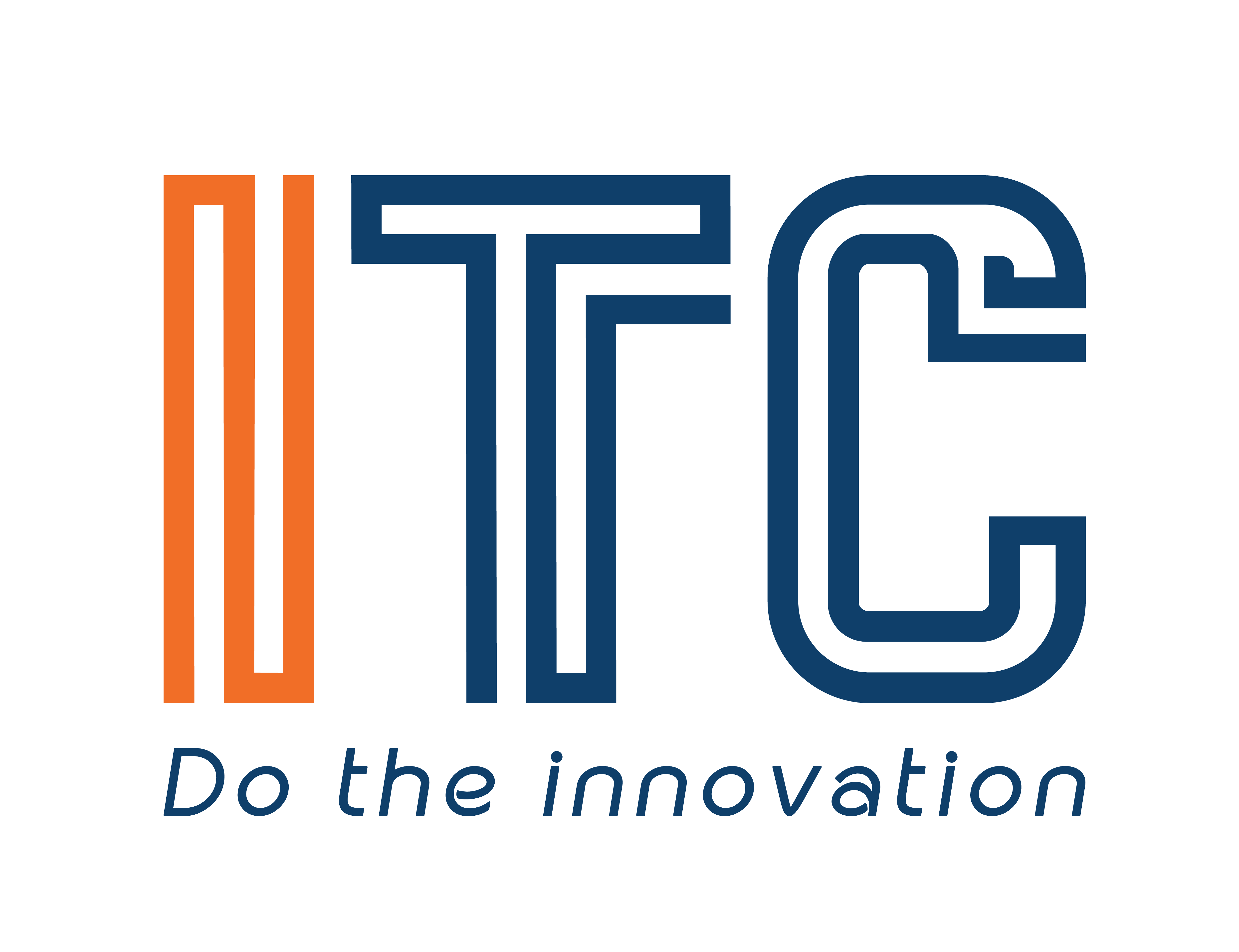The virtualization as well as the usage of smart data is more and more researched by storage-specialized companies. Data storage solution on hard disks continue to have pros and cons. Disks with high capacity for a lot of data at high speed will be costly. Durable and high speed disks will be much more expensive.
So how to have a smarter storage system with the larger capacity and the higher speed with more reasonable costs? Besides the process of systems, not just any data can access the data area continuously after 2-3 years. EMC has introduced the solutions to solve the storage issue, take data to the most suitable place and right time. It is the FAST function.
FAST (Fully Automated Storage Tiering) is a feature that allows data to circulate on different types of drives in order to increase the reading and recording speed for the system in the following ways:
- The area for more reading and recording will be moved and saved on SSD Flash to have the highest reading speed
- The area for less reading and recording will be saved on FC disks
- The area for no reading and recording will be saved on SATA disk
Aside from saving investment costs, increasing the speed of the system has large benefits which can help cool the system and reduce the power when restricting the unnecessary access to FC or SATA disks
If the data is transferred between the different tiers and FAST carries out the movement of this volume from one memory to the others, will this affect the system performance? The answer is No. The FAST mechanism is very smart: instead of moving both LUN 800G to other types of disks and investing in expensive Flash disks to cover 800G data, every LUN provided for each server system will divide into every chunk. The chunks with more reading memory will be moved to Flash; others with less reading memory will be moved to FC or SATA.
The efficiency of FAST in decreasing the activities of every disk will be displayed as per the following pictures:
Cost-efficiency
Through the image on the unused FAST system whose heat is measured with many crimson I/O. When using FAST, the heat exposure would be decreased and the system will be cooler. The speed of reading when using Flash disk will reduce the lateness as shown on the left picture with more than 80% drive busy and it takes 15ms to respond, whereas using FAST spends 6 ms to respond and 25% drive busy.
Performance management with Symmetrix Performance Analyser
Symmetrix Performance Analyzer (SPA) is software which has the following function and performance management of Symmetrix systems, and connection routes, as well as SAN switch systems that EMC provides.
With SPA, customers not only have the overview of reading and recording performance of servers, connecting devices and server systems, frontend directors, backend directors but customers can also determine growth tendency of load balancing and identify any bottlenecks.

 English
English
 Tiếng Việt
Tiếng Việt



